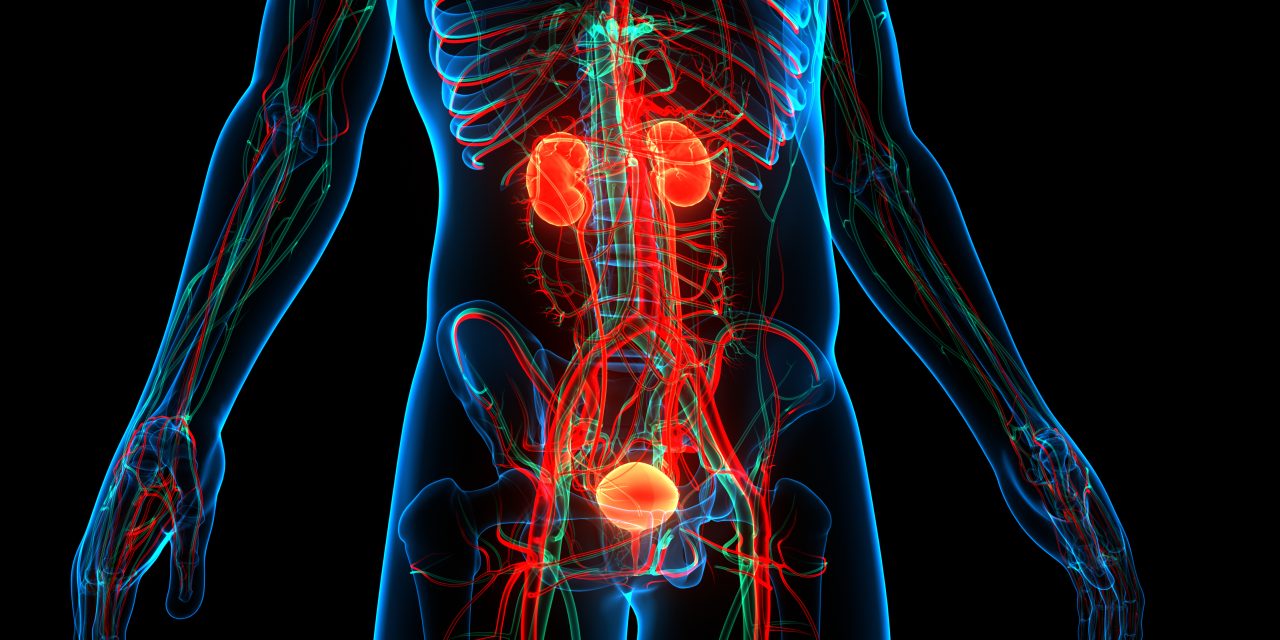To review the pathway and pertinent materials leading to approval of PSMA scanning (prostate-specific membrane antigen) by the U.S. FDA.
Beginning with the pivotal trials and working backward, we summarize the evolution of PSMA scanning, beginning with the discovery of the molecule, the mechanism of action to identify prostate cancer, the route to the present-day test, and some of the major publications leading to each step of the sequence. From the thousands of PSMA articles listed on PubMed, the present review is focused on the four large U.S. trials incorporating university studies of the Gallium-68 compound and commercial studies of the Fluorine-18 compound. The review further focuses on the role of PSMA scanning for both initial staging of prostate cancer and diagnosis of recurrent prostate cancer.
PSMA is a transmembrane-bound glycoprotein which is overexpressed by 100-1000 fold in prostate cancer cells. Pre-clinical PSMA studies at Cornell and Johns Hopkins in the 1990’s were followed by early human studies in Germany in the early 2010’s, then pivotal clinical trials at UCLA and UCSF, leading to the first FDA approval in December 2020 (Ga-PSMA-11). In January 2021, a commercially available product (18F-DCFPyL) was approved on the basis of multi-site registration trials (CONDOR and OSPREY). Sensitivity and specificity of PSMA scanning exceed that of any other imaging method currently available for initial staging of prostate cancer and diagnosis of recurrent disease. The accuracy of PSMA scanning is attributed to the great image contrast (high ‘signal-to-noise’ ratio), a property deriving from the high PSMA tracer uptake by prostate cancer cells. That property can be estimated quantitatively by a metric, the Standardized Uptake value (SUV). A follow-on PSMA compound, the theranostic Lutetium-177, is currently pending FDA approval for treatment of metastases.
PSMA scanning is a disruptive technology that promises to transform the way prostate cancer is initially staged, recurrence is diagnosed, and some advanced cases treated.
Imaging Prostate Cancer: Clinical Utility of Prostate-specific Membrane Antigen (PSMA).


